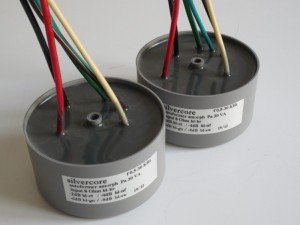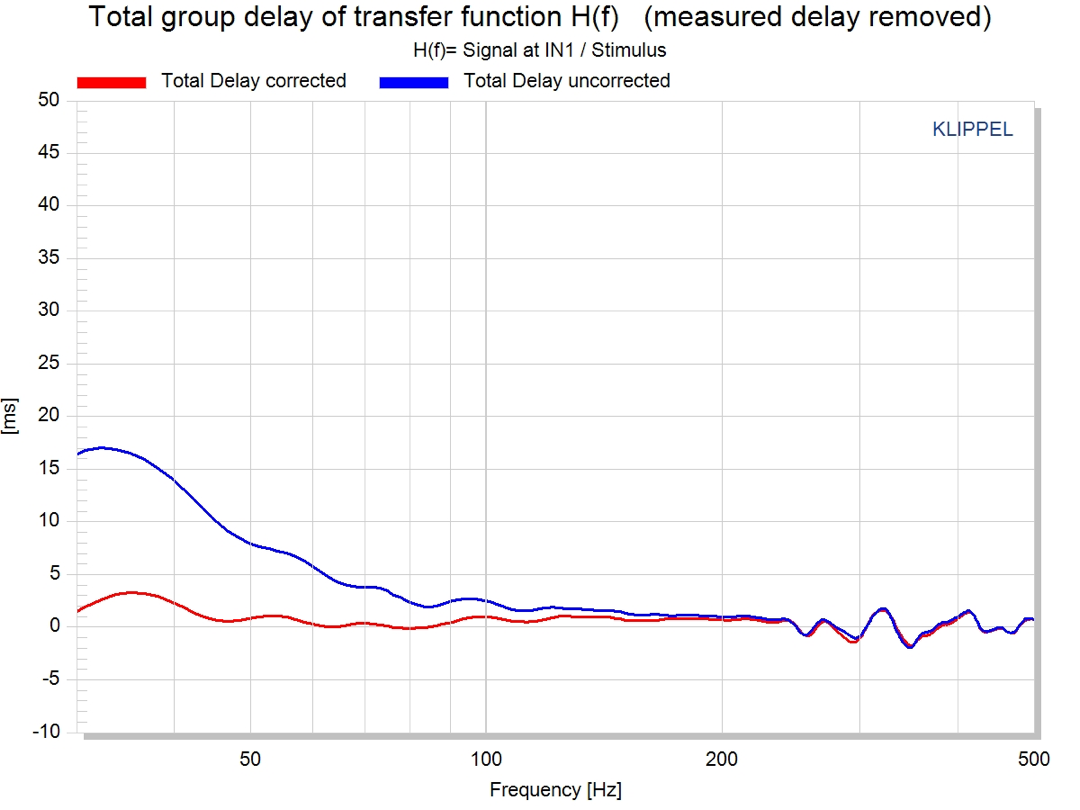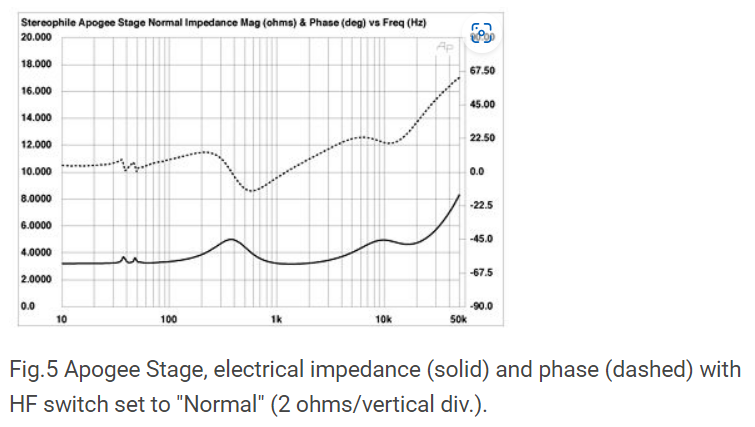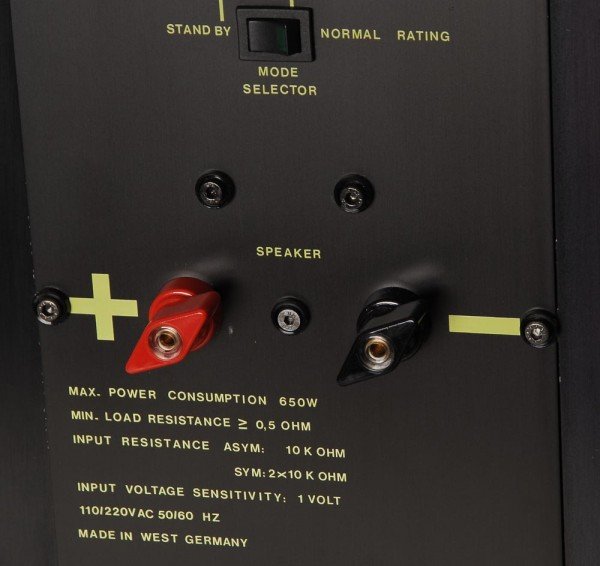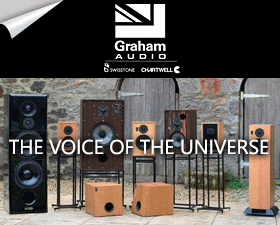Quite a few things improve. Some highlights: double the impedance, twice the current in the magnetic field, higher resolution, less movement (movement is not good, movement equals non linearity, I don't know why companies proudly advertise that on a ribbon/planar speaker).
But most importantly, the same tonality, decay and texture across the range and crossover regions. Different drivers have different sounds, different textures and speed. By employing the same driver across the entire range, you reduce this problem to non existent.
Will you be at the show? I can show you
You need excursion to produce energy , the idea is to keep them linear in the field , so some do go this way ..!
Regards
















